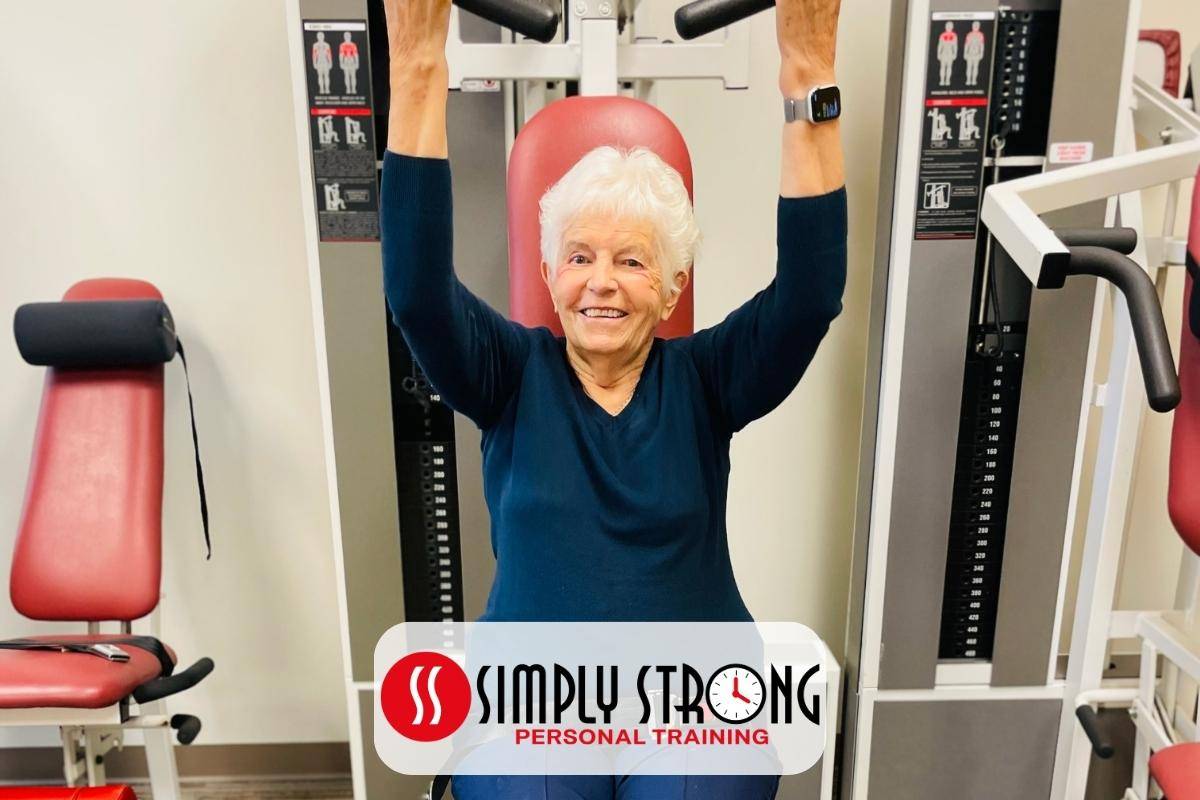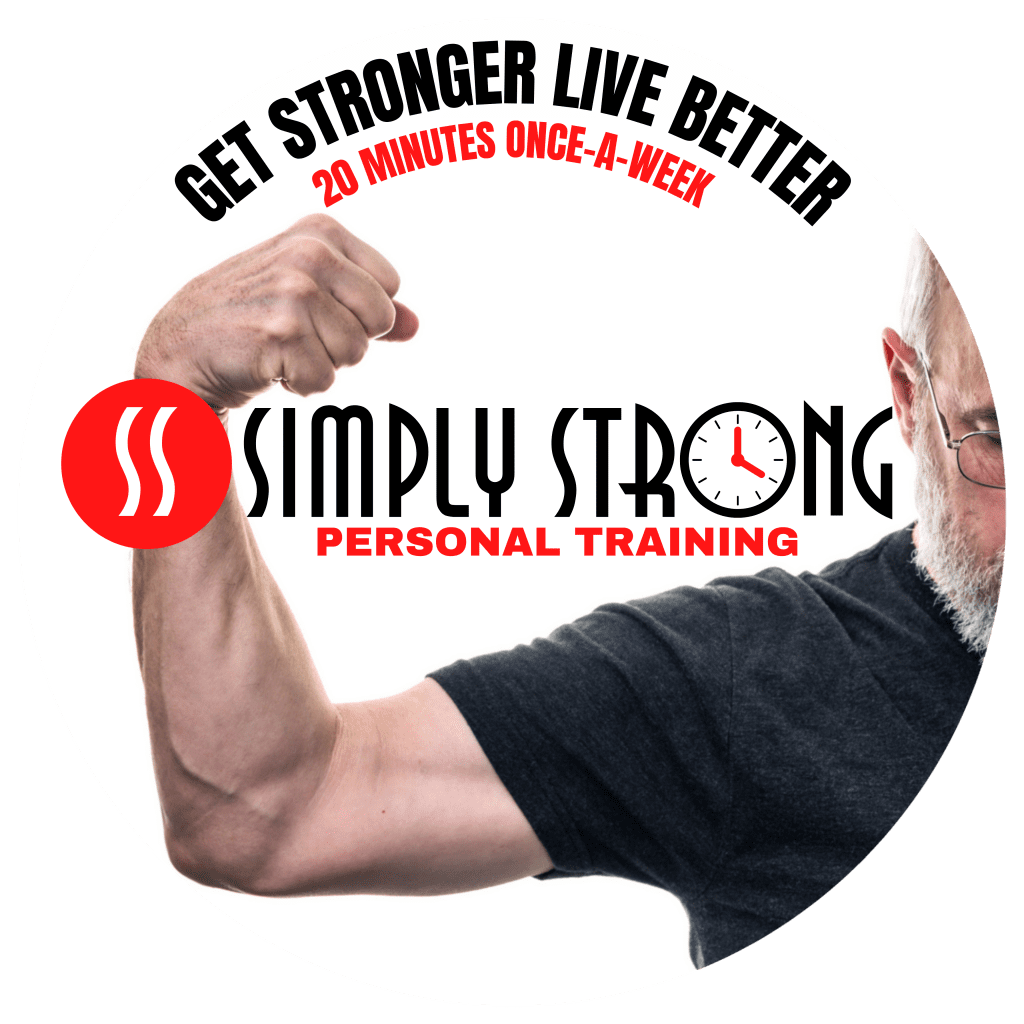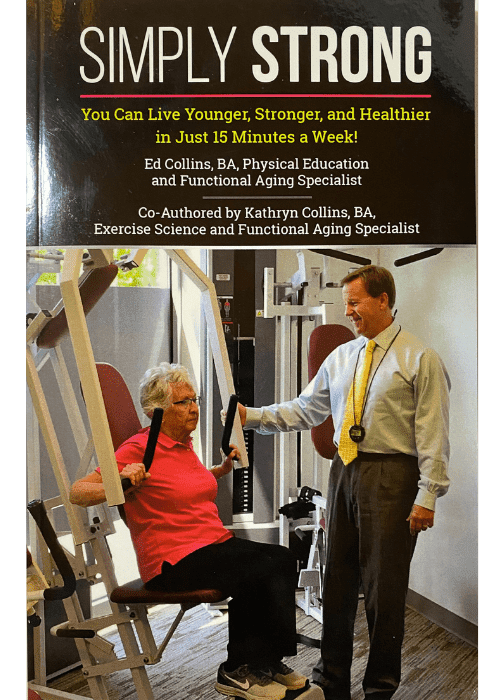There are more than 600 muscles in the human body, and it’s impossible to strengthen each and every one. Yet there are plenty whose power you can enhance, and doing so is key to enjoying a healthy, active life.
Strong muscles help combat diabetes, boost cardiovascular, musculoskeletal and mental health, and reduce mortality, research has shown. They’re also crucial to the wellness of older people, whose muscles atrophy with age.
That’s why adults should perform muscle-strengthening exercises involving all major muscle groups on two or more days each week, according to the US Department of Health and Human Services’ physical activity guidelines for Americans. (This is in addition to exercising at least 2 hours and 30 minutes per week at a moderate intensity.)
Unfortunately, more than 80% of adults aren’t meeting the federal government’s muscle-strengthening guidelines. In addition, those who are strength-training tend to work the same well-known muscles, such as the biceps, triceps, hamstrings and quads.
While that can be a great start, there are several often-overlooked muscles that, if strengthened, may help avert some common injuries and pains. Here are five of them, with recommended exercises to incorporate into workouts.
Glutes
The gluteal muscles form the buttocks area and assist with everyday activities. “Gluteal muscles help give us good support and stability with walking, stair-climbing and going from sitting to standing,” said Amy Koch, physical therapy clinic manager at Methodist Physicians Clinic in Omaha, Nebraska.
Strong glutes can also help reduce back pain, Koch said, since they assist with pelvic, hip and trunk motions.
By developing pelvic stability, these muscles also can help prevent knee pain, as an unstable pelvis can result in more force on the knee. Conversely, weak glutes can lead to chronic lower-back pain, which can progress to degenerative disc disease.
Glute bridge: Lay on your back with your feet hip-width apart and your arms at your sides. Press your heels into the ground as you lift your rear into the air. Squeeze your butt cheeks and hold for two seconds, then slowly lower back down.
Obliques
Part of your core, the obliques are muscles on your side or waist that attach to the spine. They assist in bending and turning your body from side to side, and are instrumental to good spinal alignment and stability. Ignore your obliques, and you may develop back and hip issues.
“Most people think about working on their six-pack, but the obliques are really important, too, because they’re a complete stabilizer for your body,” said Cat Kom, a certified personal trainer and founder of Studio SWEAT and Studio SWEAT onDemand in San Diego.
Bird dog crunch: Kneel on all fours. Stretch out your right arm and left leg, keeping your abs tight. Return to all fours, then switch sides.
Grip Strength
Having a firm grip allows you to lift and carry things more easily, and assists with many everyday activities — opening a jar or holding a racquet, for example. If your normal activities don’t require a lot of lifting and carrying, your grip can weaken over time. It can also be negatively affected by hand, wrist, shoulder or neck injuries, said Zach Webster, a physical therapist at the Ohio State University Wexner Medical Center in Columbus.
Poor grip strength can reduce the amount of weight you can carry, and how long you can hold it. It can even affect your fine motor skills.
“People come in and say they’re having trouble putting on a dress shirt or bra, or they’re dropping things more often, because they don’t have the ability to sustain their grip,” Webster said of his patients. “Luckily, you can get a ton of good grip strengthening work just by picking something heavy up and walking with it.”
Rotator Cuff
The four muscles surrounding the shoulder joint form the rotator cuff, which helps power arm and shoulder movements. Since the shoulder is the body’s most mobile joint, it’s easy to injure through misuse or overuse. People susceptible to rotator cuff injuries are those who play a lot of baseball or tennis, or those with jobs requiring repetitive overhead motions, such as construction workers.
Standing row: Take an elastic band with a 3-foot loop and attach the loop to a doorknob or other stable object. Hold the band with your elbow bent and at your side. Slowly pull your elbow back, keeping your arm close to your side, then return to the start position.
Posterior Delts
The posterior deltoids, or delts, are tucked under the back of your shoulders and help maintain an upright posture. They’re also directly opposite the pectoralis muscles in your chest. Many people work their pecs but ignore their posterior delts, Kom said, which can lead to a muscle imbalance, injury and a hunched posture.
“We spend so much time driving, at our computers and doing things in that hunched-over position, which shortens the anterior delts and pecs in the front of the body,” Kom said. “So it’s important to lengthen them, and a great way to do that is to strengthen the posterior delts and trapezoids.”
Seated dumbbell rear fly: Holding a dumbbell in each hand, sit down and lean forward. Remain in the forward position as you raise your arms up to shoulder height, then slowly lower back down.
Source: Over 80% of adults don’t meet US strength guidelines. Don’t forget these muscles





0 Comments